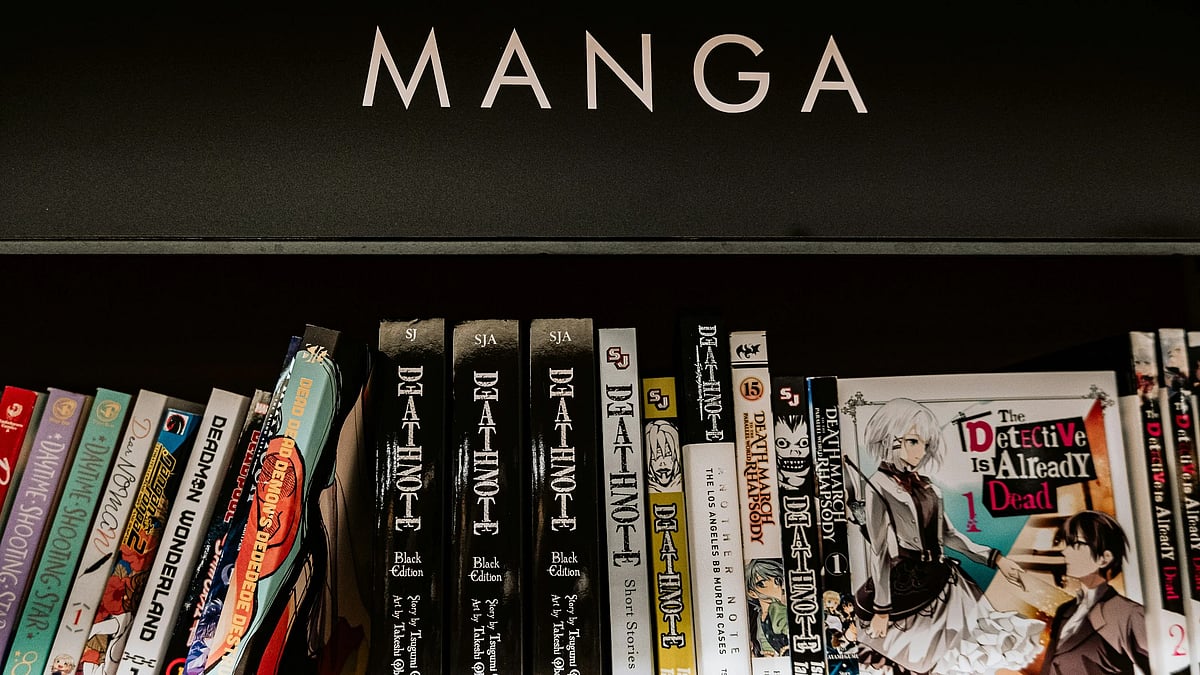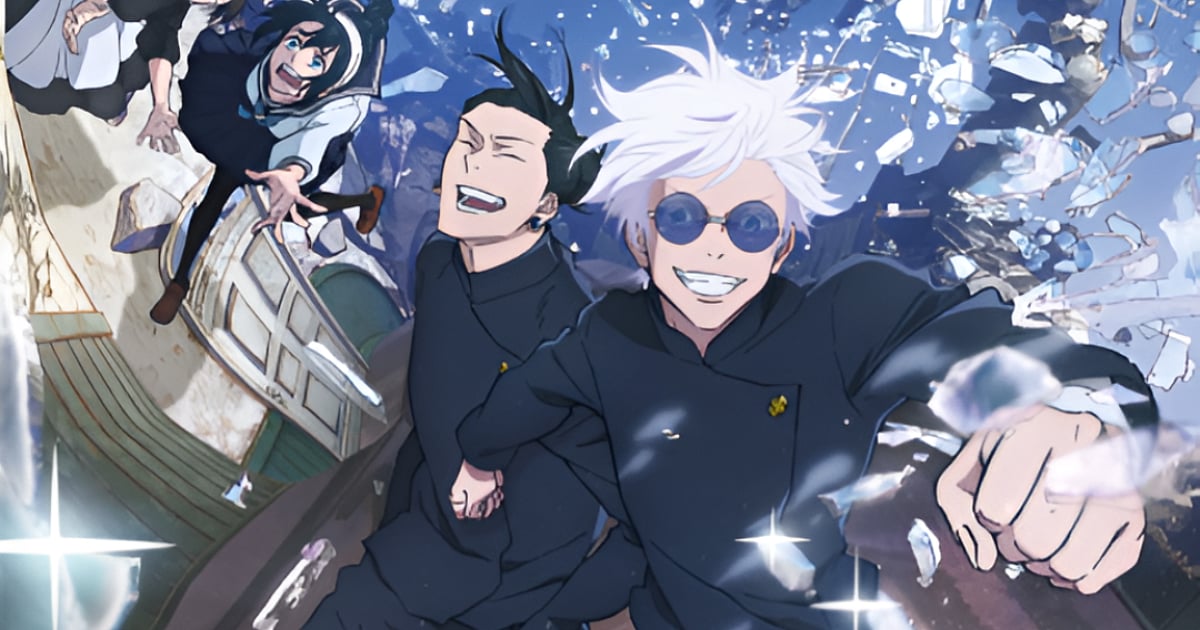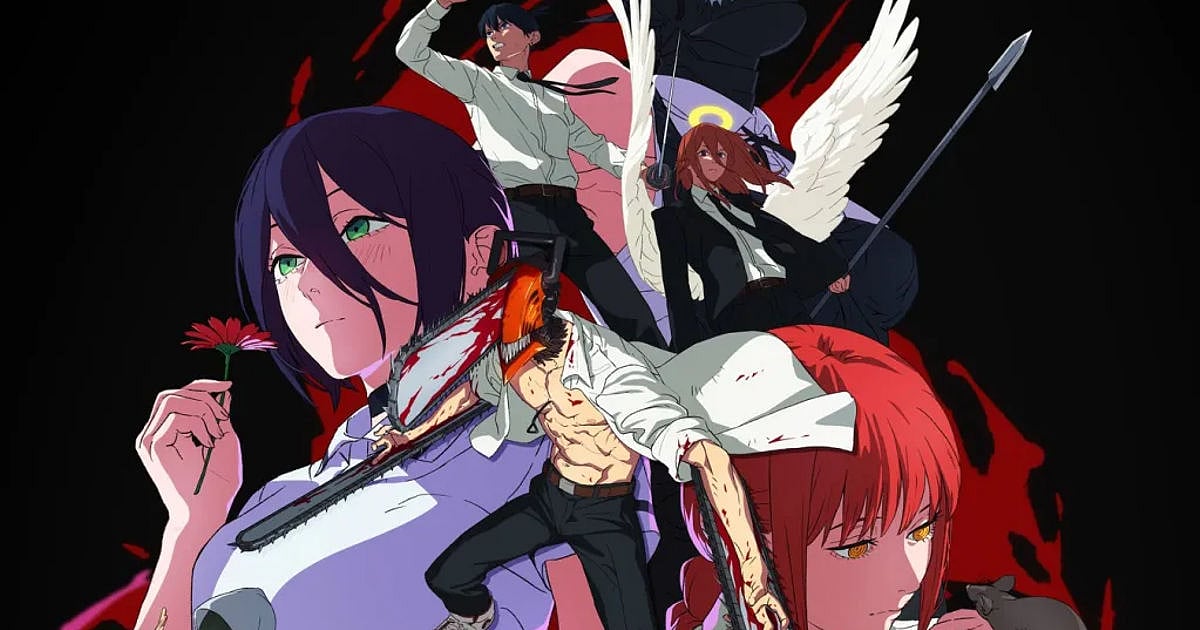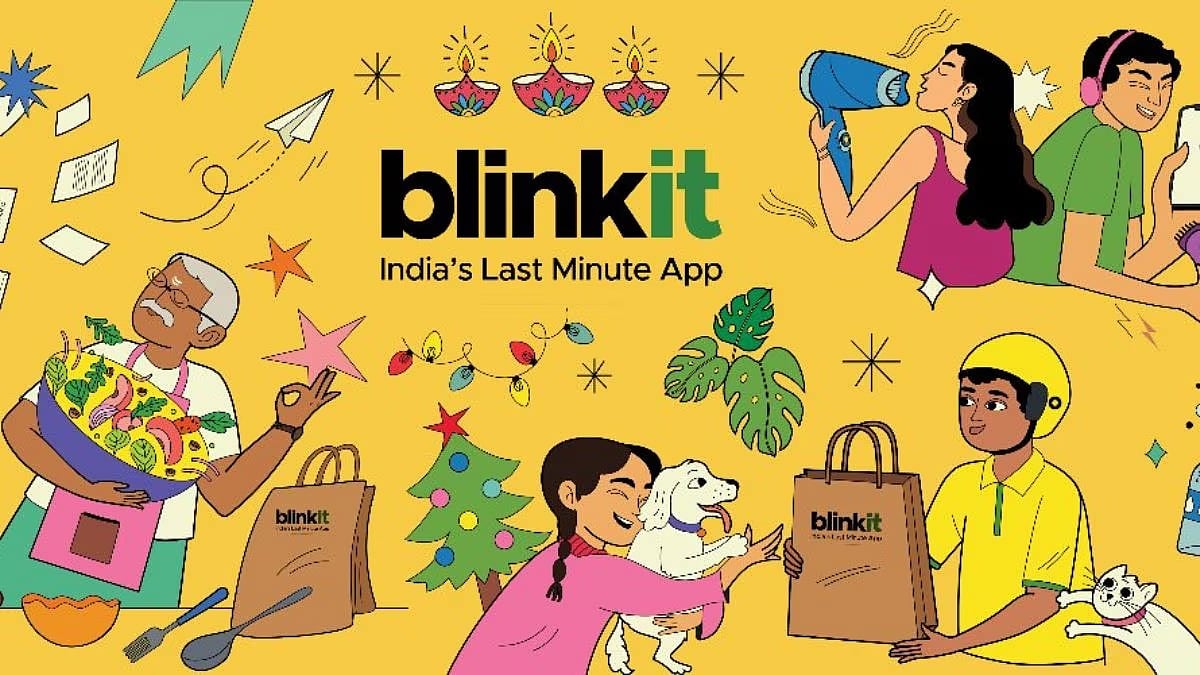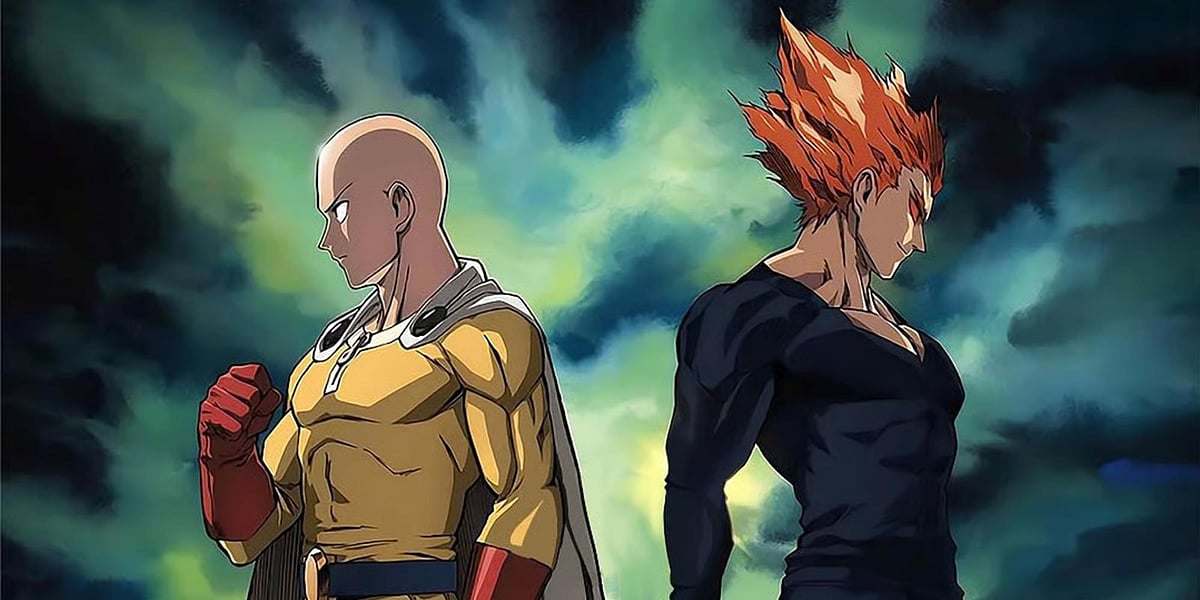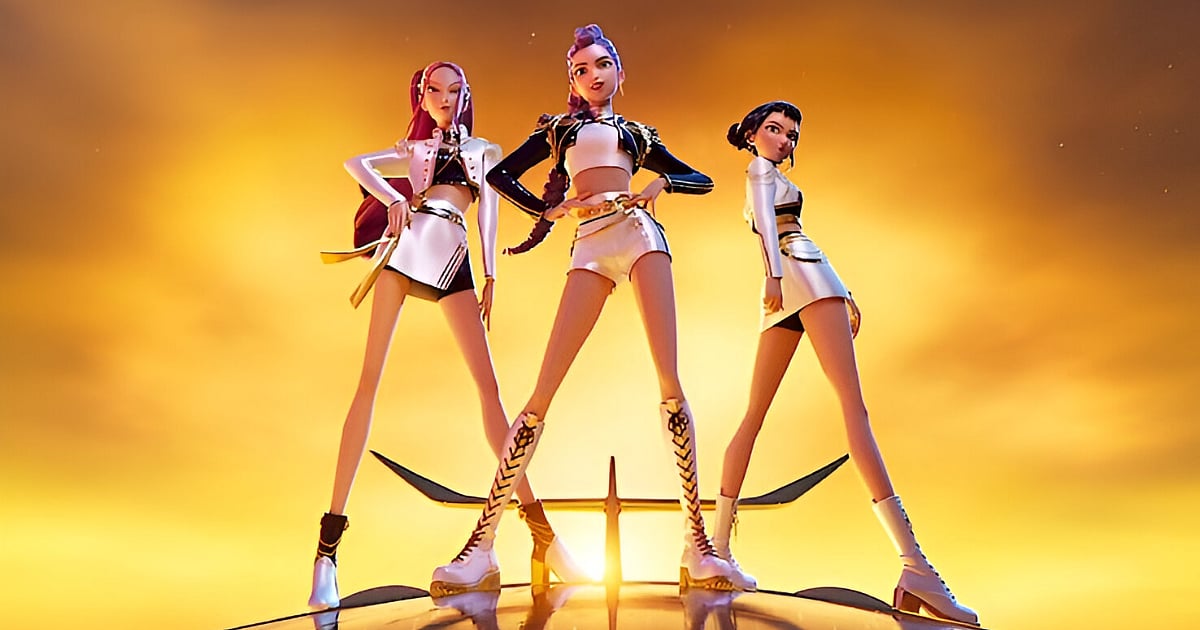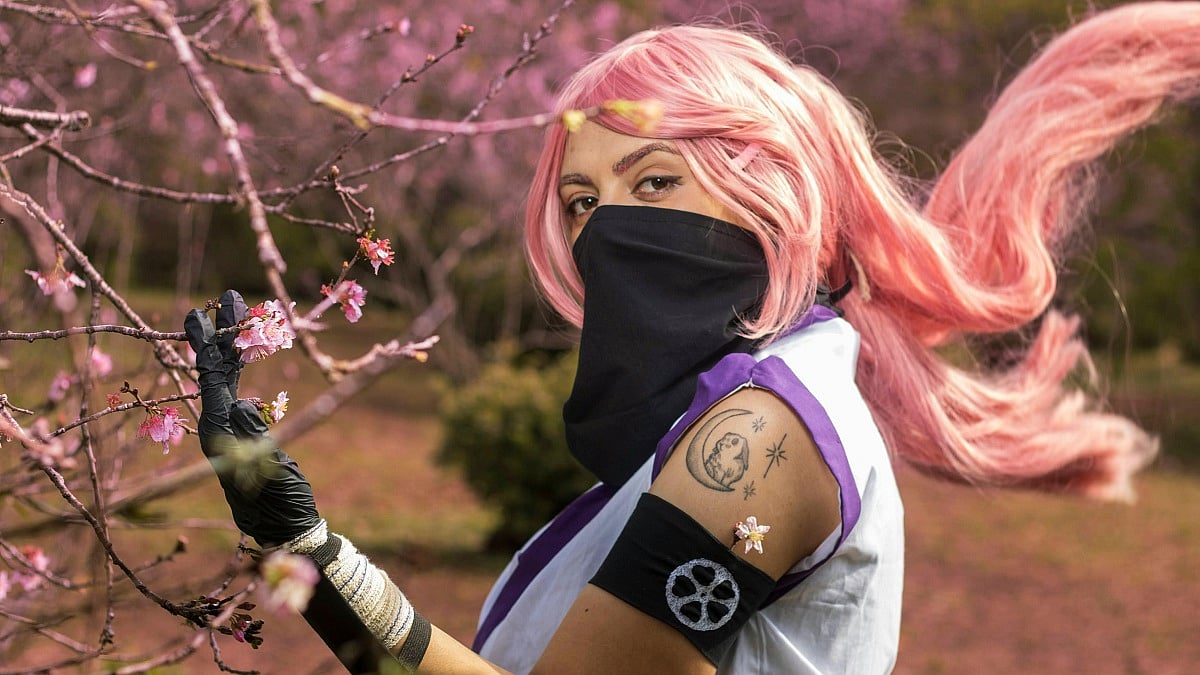
India's Anime Market Booms, But Where Are Local Creators?
India's Anime Market Booms, But Where Are Local Creators?
When Ashley Suvarna tells clients he wants to blend traditional Indian art with anime aesthetics, the response is predictable: too foreign for traditionalists, too local for anime purists, and ultimately, too risky for everyone.
It's a creative bind that captures the peculiar moment facing India's anime industry. While the market has exploded to $1.098 billion in 2024 and is projected to nearly triple by 2033, homegrown creators like Suvarna find themselves spectators to their own boom, watching international content dominate the very audience they helped cultivate.
The numbers tell one story: Netflix, Amazon Prime Video, and Crunchyroll now stream thousands of hours of anime to Indian screens, with YouTube creators amassing hundreds of thousands of followers and conventions drawing crowds across major cities. But for the artists, animators, and cosplayers who form India's emerging creator economy, the surge has revealed a troubling paradox—a market hungry for content they're systematically prevented from feeding.
"Most animation training here focuses on learning software, not actually telling stories," said Suvarna, who has worked on both government and private projects. "I've had to teach myself a lot, and even now, younger artists don't get the right talent and exposure."
His struggle illuminates the structural barriers that separate India's creators from the financial rewards of a market growing at 11.5% annually, where international producers capture the profits while local talent battles educational gaps, cultural stigma, and an infrastructure built for consumption rather than creation.
Creators Face Structural Challenges
While India's anime market experiences rapid growth, homegrown creators find themselves locked out of the financial rewards, struggling against systemic barriers that prevent them from capitalizing on their artistic talents.
The economic disparities between India and other markets become stark when viewed through international comparisons. Rothin Shaw, a self-taught cosplayer who works in human resources, described the gulf between what's possible abroad versus at home.
"My friends in Singapore are able to get government sponsorships for appearing at charity events and festivals and are able to make a living full-time through their hobby," Shaw said. "It is a distant dream to be able to pull something off like that here."
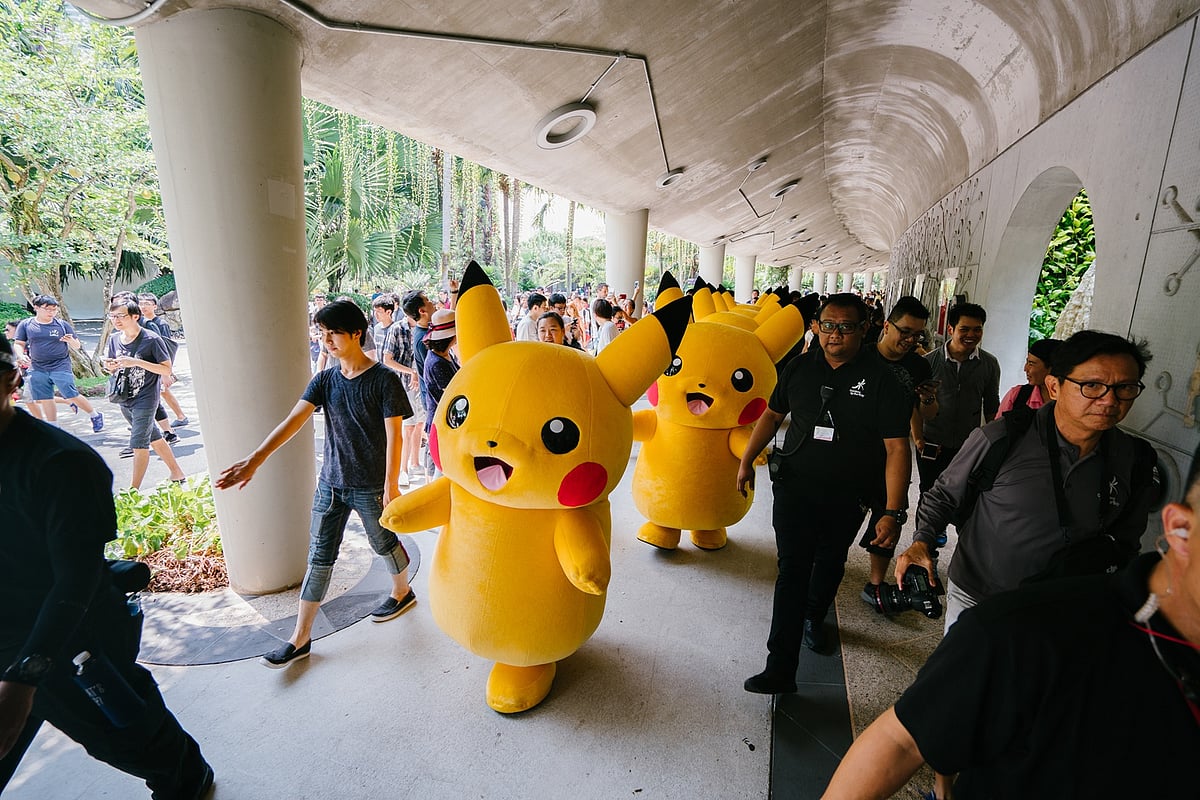
Shutterstock
Shaw's experience reflects broader infrastructure gaps that plague Indian creators. "There are not enough workshops or resources available in India," he said, adding that cosplaying is still looked down upon in the country. "Cosplaying full-time is difficult in India compared to many other regions."
The structural challenges extend beyond individual circumstances to market-wide problems. Both creators agree that the Indian industry faces significant obstacles, as there is limited demand for local content. While there is interest in watching anime, international content creators capture most of the spotlight in the country. The creators identified several key challenges: limited demand for locally produced content, high marketing costs for independent creators, and social stigma around creative careers in traditional Indian society.
Perhaps most challenging is the cultural tightrope Indian creators must walk when developing their work. Suvarna described the impossible balance clients often demand: "Some clients want art that's authentically 'Indian,' but when I try to blend that with anime influences, the result can be too unfamiliar for everyone involved. It's hard to please traditionalists and purists at the same time."
This creative tension reflects the broader struggle facing Indian anime creators caught between a rapidly expanding market hungry for content and systemic barriers that prevent them from meeting that demand while maintaining their artistic vision and financial sustainability.
Industry Evolution and Future Prospects
The ecosystem is showing signs of maturation. New platforms like JAI Anime Club, launched in 2025, are connecting Indian creators with Japanese industry professionals. Government initiatives including the Create in India Challenge and competitions like the WAVES Anime & Manga Contest are providing pathways for hobbyists to transition into professional careers.
Streaming platforms are beginning to invest in animated productions, while the mainstreaming of anime culture is attracting advertisers and merchandise partners. Artists like Derek Domnic D'Souza and animators from Studio Durga are gaining industry recognition.
However, sustained growth depends on addressing fundamental infrastructure gaps. Both Shaw and Suvarna believe government support can help destigmatize careers like cosplaying and content creation. The creators emphasize the need for improved education, mentorship programs, funding for original content, and continued lobbying for industry recognition.

Author
Abhimannu Das is a web journalist at Outlook India with a focus on Indian pop culture, gaming, and esports. He has over 10 years of journalistic experience and over 3,500 articles that include industry deep dives, interviews, and SEO content. He has worked on a myriad of games and their ecosystems, including Valorant, Overwatch, and Apex Legends.
Abhimannu Das is a web journalist at Outlook India with a focus on Indian pop culture, gaming, and esports. He has over 10 years of journalistic experience and over 3,500 articles that include industry deep dives, interviews, and SEO content. He has worked on a myriad of games and their ecosystems, including Valorant, Overwatch, and Apex Legends.
Related Articles

